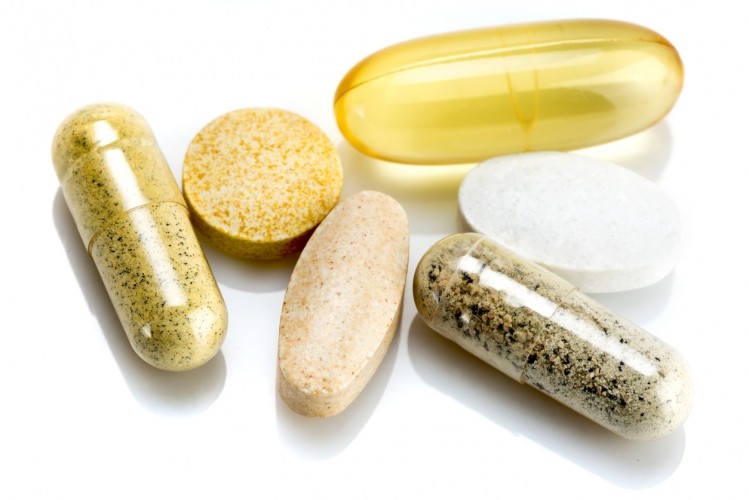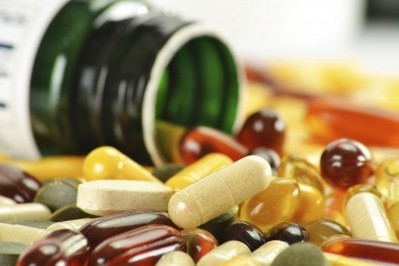Experts file comment questioning conclusions drawn from poison control center data

Poison control center data can make for splashy headlines, such as those that attended the publication of a recent study in the Journal of Medical Toxicology. The initial takeaway from that study was there has been a 50% increase in exposures reported to poison control centers associated with dietary supplements.
Study sounded warning bell
The study’s purpose was to look at calls to poison control centers in the 2002 to 2012 time frame. The authors found overall that calls about dietary supplement exposures had increased. The study found the rate of calls regarding dietary supplement exposures increased 46.1% during 2000 to 2002, decreased by 8.8% during 2002 to 2005 and increased again by 49.3% from 2005 to 2012. The authors postulated that the decrease from 2002 to 2005 most likely was a result of the Food and Drug Administration’s ban on ephedra.
The authors noted that 70% of dietary supplement exposure calls occurred among children younger than six years old and the majority of these were unintentional. Most exposures (97.3%) occurred at home, and in more than 97% of the cases, the child swallowed the substance. The authors said that serious medical outcomes accounted for 4.5% of exposures.
In a press release that accompanied the publication, an alarmist note was sounded by the study’s lead author, Gary Smith, MD, director of the Center of Injury Research and Policy at Nationwide Children’s, a hospital in Columbus, OH.
“Many consumers believe dietary supplements are held to the same safety and efficacy standards as over-the-counter medications. However, dietary supplements are not considered drugs, thus they are not required to undergo clinical trials or obtain approval from the FDA prior to sale, unless the product is labeled as intended for therapeutic use,” Dr Smith said.
Raw data full of confounders
Three experts on toxicology data—Rick Kingston, PharmD, Andrea Wong, PhD and Ikhlas Khan, PhD—published a commentary in the Journal of Medical Toxicology that makes the case that without proper caveats being applied, raw poison control center data is not very useful. For instance, the original study lumped a number of product categories into what it was calling dietary supplements. These included homeopathic products, cultural medicines, energy drinks, and ma huang products (ephedra), which have not been legally on the market for many years. Doing so skews how applicable any conclusion might be to the safety of actual dietary supplements, they said.
“Cultural medicines typically include substances that are outside of any regulated category of product. Ma huang products, which accounted for numerous reported exposures, have not been on the market for over a decade and are not relevant to today’s 170 million consumers who take DS as part of their wellness efforts,” the authors wrote.
An ‘exposure’ is not an ‘adverse event’
The authors also cautioned that the term ‘exposure’ is not synonymous with ‘adverse event.’ Many calls to poison control centers are of an informational variety, and often require no additional action after the caller is reassured about the often innocuous nature of an exposure, such as if a toddler consumed a capsule or two of an herbal product. So, in other words, such a call is not akin to a trip to an emergency room, which is the spin this data sometimes is given when it is reported in the mainstream media. The commentary also takes issue with how the original paper’s authors lumped lower level events into the ‘serious’ category, making it look as if there were more life-threatening events that there really were. These less serious cases included brief episodes or rapid heartbeat, hives or rash that required no therapeutic intervention.
And for the truly serious events themselves, the commentary raised questions. “As an example, death associated with ginseng is highly suspect and cannot be independently confirmed, especially when fatality abstracts for this and virtually all reported fatalities presented in the dataset are missing both in this report and the corresponding AAPCC annual reports,” the commentary states.
“This kind of data is so generic, it covers so many categories of products, and is so poorly characterized that you can hardly say much about it,” Kingston, who is a clinical professor of pharmacy at the University of Minnesota, told NutraIngredients-USA. Kingston is also the president of regulatory and scientific affairs at the consulting firm SafetyCall International.
Kingston said without a denominator, it’s hard to know if the rising tide of exposure calls says anything beyond the fact that there are more of these products in teh marketplace. If that were available, and an analysis showed that exposure calls were rising at, say, four times the rate of the rise of sales, then perhaps that might be a call for concern.
What a true warning flag looks like
In the end, then, it seems pretty straightforward to shoot holes through a conclusion drawn from raw, aggregated poison control center data. Nevertheless, calls to poison control centers are one of the ways regulators have of monitoring the market. So, what would a true warning signal look like coming through that channel?
“If you saw a large number of incidents involving a single product, that would be a strong signal,” Kingston said. “A single product with multiple events in similar or identical circumstances. Then ultimately you’d want to look at the mechanistic data.”
Kingston said that even with the many confounders of the original study, it still could be read as an overall statement of safety, instead of a rising tide of danger, which it was how it was first reported.
“Poison control centers were not designed to be an adverse event surveillance system for the routine use of products. Even with all of the problems with the data in this study, it’s remarkable that there were so few events for a category that is so large,” he said.
Source: Journal of Medical Toxicology
Comment on "An Increase in Dietary Supplement Exposures Reported to US Poison Control Centers"
DOI: 10.1007/s13181-017-0638-0
Authors: R.L. Kingston, A.W. Wong, I. Khan










